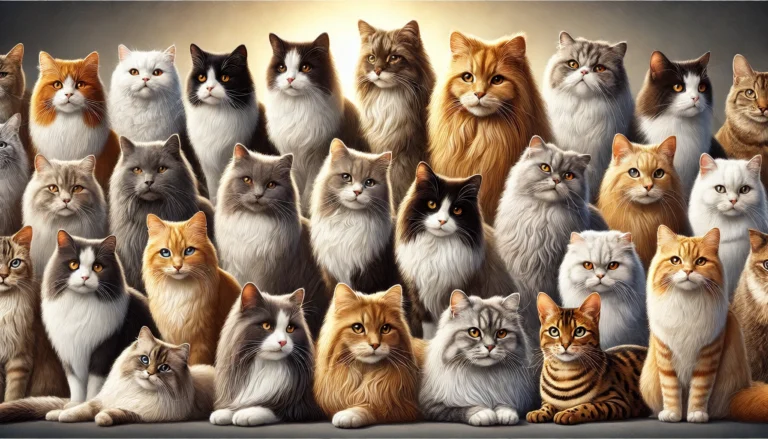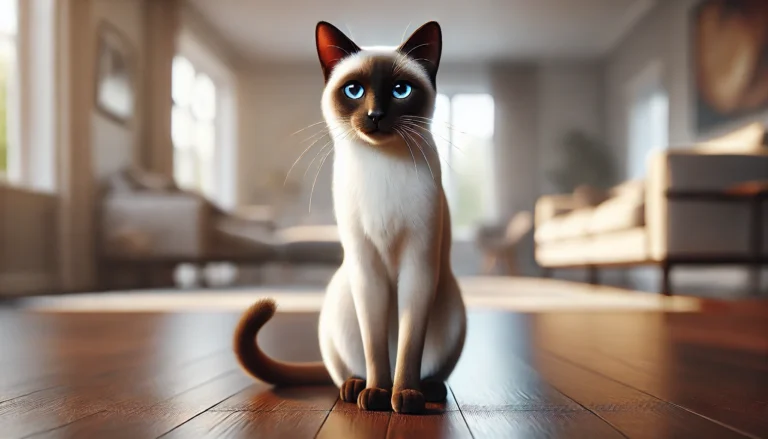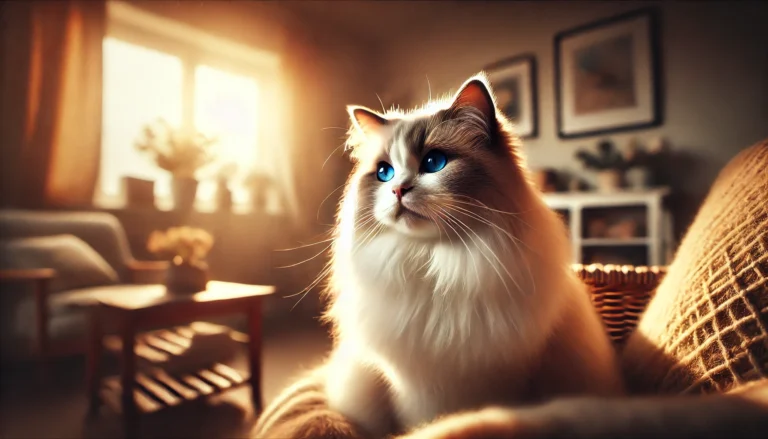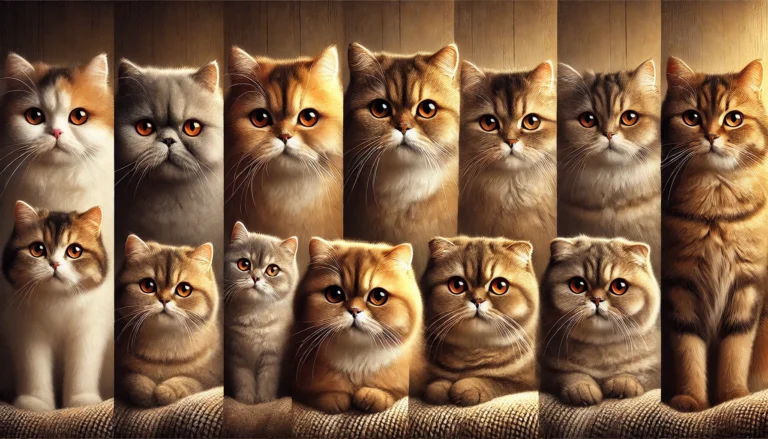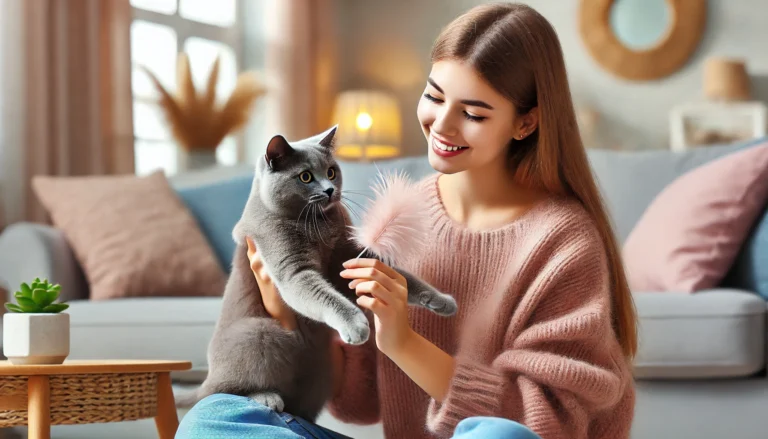Bengal Cat Breed Best Health Care and Guide

The Bengal cats are renowned for its vibrant coat and dynamic presence, is a marvel of the feline world. This breed stands out not just for its exotic appearance, reminiscent of wild leopards, but also for its lively personality and affectionate nature. This extensive guide will explore the many facets of Bengal kitten health and care, weaving in crucial information and the 200 keywords provided to ensure comprehensive coverage of this stunning breed.
1. Introduction to Bengal Cats
Bengal cats, a hybrid breed created from crossing domestic cats with the Asian leopard cat, possess a mesmerizing wild appearance combined with the temperament of a household pet. Known for their “leopard” spots or marbling, Bengals are not only sought after for their beauty but also for their intelligent and spirited demeanor.
2. Origin and Characteristics
The development of the Bengal cat breed began with the aim of harnessing the beauty of the wild leopard cat while mitigating the challenges of owning a wild animal. Bengals exhibit a range of colors and patterns, from the classic brown spotted or rosetted to marbled and even snow variants. These cats often display a “glitter” effect on their coat, enhancing their allure.
3. Physical Description
Typically, Bengal cats are medium to large in size, with males ranging from 10 to 15 pounds and females slightly smaller. Their muscular build and substantial bone structure are complemented by an athletic appearance, echoing their wild ancestors. The breed is distinguished by its luxurious short coat that features large, random spots or a unique marbled pattern.
4. Bengal Health Overview
While Bengals are generally robust, they are predisposed to certain health conditions like hypertrophic cardiomyopathy (HCM) and progressive retinal atrophy (PRA). Regular health screenings can help mitigate these risks, ensuring a long Bengal lifespan which averages between 12 to 16 years.
5. Preventive Health Strategies
Preventive care is paramount in maintaining the health of a Bengal. Routine check-ups, vaccinations, and preventive treatments for parasites are essential components of Bengal health care. Regular screening for heart health and eye conditions is also recommended to catch potential issues early.
6. Feeding and Nutrition
Bengal cats thrive on a high-protein diet that mimics their natural dietary habits. High-quality commercial foods designed for active breeds can meet their needs, although some owners opt for raw diets under veterinary guidance to ensure all nutritional needs are met. It is crucial to monitor their intake to prevent obesity, a common problem in domesticated cats.
7. Behavior and Temperament
The Bengal breed is known for its high energy and playful nature. They are intelligent and curious, often requiring more attention and interactive play than some other breeds. Bengals are also vocal cats with a distinctive chatter and an array of other sounds used to communicate with their owners.
8. Environmental Enrichment
To satisfy their active and curious nature, Bengals benefit from a stimulating environment that includes climbing structures, safe outdoor access, and plenty of toys. Environmental enrichment can prevent common behavioral issues such as aggression and destructiveness, which may arise from boredom.
9. Socialization and Training
Bengals are social animals that often form strong bonds with their families. Early socialization and consistent training are key to integrating them smoothly into household life. They respond well to positive reinforcement techniques, making them excellent candidates for learning tricks and leash training.
10. Grooming Needs
Despite their luxurious coat, Bengals are relatively low-maintenance in terms of grooming. Regular brushing can help manage shedding and keep their coat shiny, although Bengals typically shed less than many other cat breeds. Their ears and teeth should also be checked regularly to prevent common issues.
11. Breeding Considerations
Ethical breeding practices are critical in maintaining the health and vitality of the Bengal breed. Prospective breeders must conduct thorough genetic testing to avoid propagating hereditary conditions. Additionally, responsible breeding practices help maintain the breed’s standard and ensure healthy, well-adjusted kittens.
12. Common Questions About Bengal Cats
Prospective Bengal owners often have questions about the breed’s characteristics and care requirements. Addressing topics like “Are Bengal cats hypoallergenic?” or “How much are Bengal cats?” helps clarify what to expect when adopting a Bengal. While no cat is truly hypoallergenic, Bengals are often tolerated better by individuals with mild allergies.
DO YOU KNOW
Vegetables can be a healthy addition to your dog’s diet, providing variety and essential nutrients. Remember to introduce new foods slowly and ensure that all vegetables are prepared in a safe manner.
13. Conclusion
Owning a Bengal cat is a rewarding experience that brings a touch of the wild into your home. With their affectionate nature, stunning appearance, and dynamic personalities, Bengals make excellent companions for those prepared to meet their needs. By understanding and adhering to the specific care requirements of the Bengal breed, owners can ensure their feline companions lead healthy, happy lives.
Are Bengal cats good house pets?
Yes, Bengal cats make excellent house pets for active families due to their playful and affectionate nature.
Why are Bengal cats so special?
Bengal cats are special because of their striking wild appearance, high intelligence, and engaging personality.
Do Bengal cats have health issues?
Like all breeds, Bengal cats can have health issues, including hypertrophic cardiomyopathy and progressive retinal atrophy.
Do Bengal cats have behavior issues?
Bengal cats can display behavior issues such as hyperactivity and destructiveness if not provided with sufficient mental and physical stimulation.
What is the disadvantage of a Bengal cat?
One disadvantage is their high energy level, which requires a lot of interaction and enrichment to manage.
Why do Bengal cats cry so much?
Bengal cats are vocal and may cry more than other cats to communicate their needs or due to lack of attention.
Why are Bengal cats so expensive?
Bengal cats are expensive due to their exotic appearance, the cost of breeding, and their popularity.
Are Bengals aggressive?
Bengals are not inherently aggressive but can exhibit aggression if improperly socialized or if their environment doesn’t meet their needs.
Why did my Bengal cat bite me?
A Bengal might bite if feeling threatened, stressed, or overstimulated, a behavior that requires understanding their signals and managing their environment.
Do Bengal cats like to talk?
Yes, Bengal cats are known for being particularly vocal and enjoy communicating with their owners.

